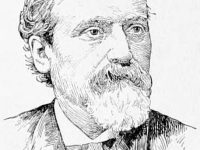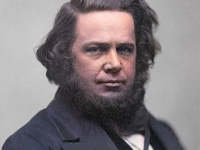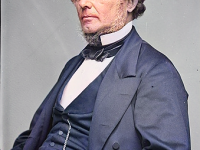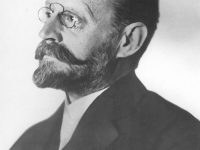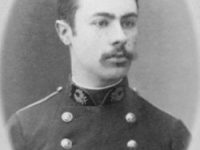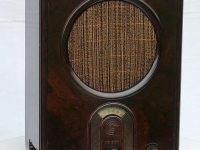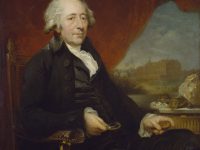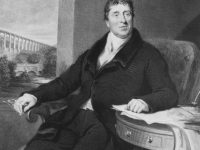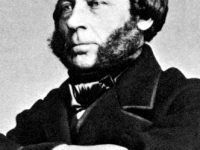Albert Fink revolutionized the Use of Iron for American Railroad Bridge Construction
On October 27, 1827, German-American civil engineer Albert Fink was born. Fink is best known for his railroad bridge designs, which helped revolutionize the use of iron for American railroad bridge construction. He devised the Fink truss and many truss bridges, especially the Fink-Type Truss Bridge. Youth and Emigration to the U.S. Albert Fink was born in Lauterbach, a town located in the Grand Duchy of Hesse-Darmstadt, Germany, the son of architect…
Read more

